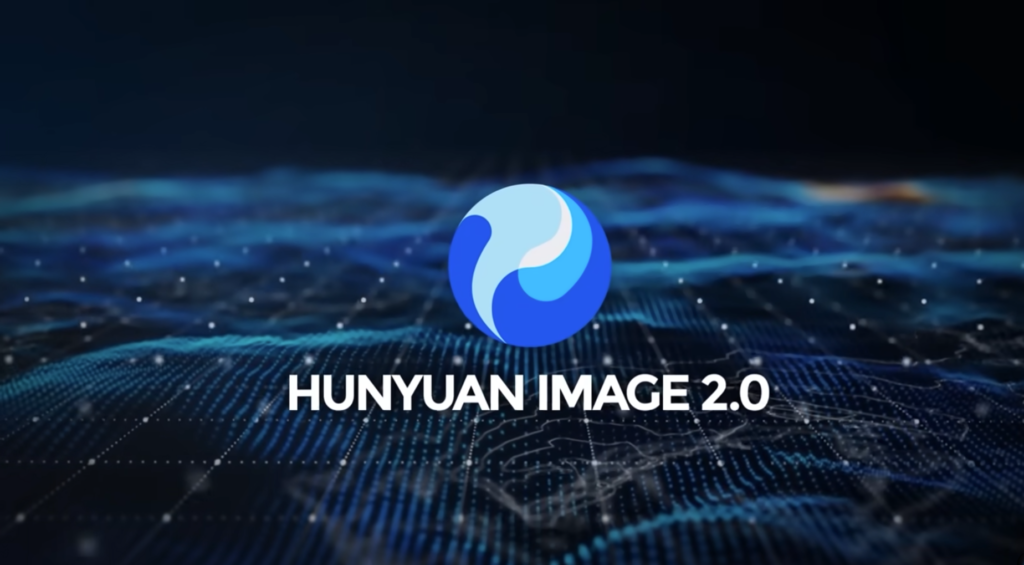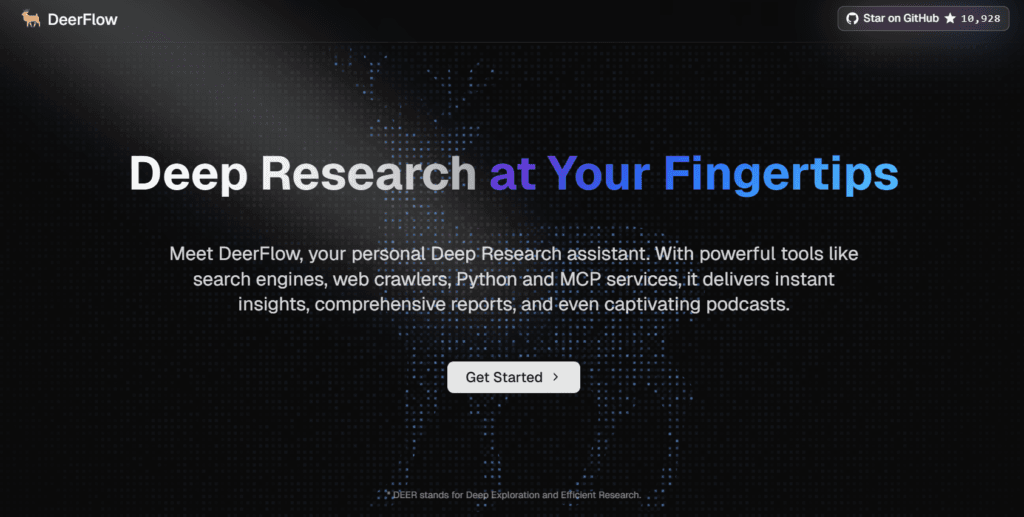While Silicon Valley debates AI ethics and limitations, Chinese tech firms have been quietly building tools that solve real business problems. Recent breakthroughs from Tencent, Alibaba, and ByteDance aren’t just technically impressive—they’re fundamentally changing how work gets done.
What happens when AI moves at the speed of thought? When video production becomes as simple as typing a few words? When research runs itself? The answers are emerging not from San Francisco or Seattle, but from Shenzhen, Hangzhou, and Beijing.
Instant Creation: When Waiting for AI Becomes a Thing of the Past
Remember when generating an AI image meant entering a prompt, waiting 15-20 seconds, and then trying again when the result wasn’t quite right?
Tencent’s Hunyuan Image 2.0 has eliminated that cycle entirely. Unlike most AI image tools that make you sit through progress bars and loading screens, this system responds instantly—as fast as you can type or speak.

This isn’t just a minor speed upgrade. It represents a fundamental shift in creative workflows. Designers who previously needed to batch their AI requests can now explore ideas in real time, maintaining their creative flow rather than constantly stopping to wait for results.
The system achieves 95% accuracy on industry benchmarks, far exceeding what most available tools can deliver. But the real story is how this changes work in practice:
- A product marketing team can now generate multiple visual concepts during a single brainstorming session
- Graphic designers can use voice commands to adjust images while keeping their hands on other controls
- Sales teams can create custom visuals for prospects while on actual sales calls
Have you ever abandoned a creative idea because the process of testing it became too tedious? That friction disappears when results arrive instantly.
The Death of Video Complexity: How One Chinese Tool Eliminates Multiple Software Programs
Video creation has traditionally been the domain of specialists. The learning curve is steep, the software is complex, and the workflow typically involves multiple programs for different stages.
Alibaba’s VACE tool changes that equation entirely. It combines generation, editing, masking, animation, and color correction in a single interface that responds to plain language commands.
Think about what typically happens when a marketing team needs a short product video:
- They shoot raw footage (or hire someone to do it)
- The footage goes to an editor using specialized software
- If they need special effects or animations, that’s often yet another specialist
- Color correction might involve another round with another tool
- Multiple review and revision cycles extend the timeline further
With VACE, that same team could handle the entire process themselves using natural language requests like “change the background to sunset,” “extend this scene by 10 seconds,” or “swap the character’s outfit to formal business attire.”
For companies without dedicated video departments, this democratizes what was previously a specialized skill. Small businesses can produce professional-looking video content without massive budgets. Training departments can create instructional videos in-house. Social media teams can respond to trends same-day rather than waiting for production resources.
The system currently supports 720p resolution—perfect for social media and web content—and Alibaba has released it as open source, allowing companies with technical resources to host it internally for sensitive content.
What could your team create if video production became as simple as writing an email?
Visual Intelligence: The AI That Actually Understands What It Sees
ByteDance’s Seed 1.5-VL has accomplished something remarkable: beating Western AI leaders like OpenAI in 38 out of 60 benchmark tests for visual comprehension tasks.
This isn’t just marginally better—it represents a leap in how machines understand visual information, particularly in complex reasoning tasks that involve multiple steps.
This matters because most business applications involve multifaceted scenarios that confuse simpler AI systems:
- A manufacturing firm needs to spot quality defects across hundreds of product variations
- A retail company wants to analyze in-store customer behavior without tracking individual identities
- A construction business needs to monitor site safety compliance across different environmental conditions
Seed 1.5-VL excels particularly with rare or unusual visual scenarios—precisely the edge cases that cause most AI systems to fail. For businesses in niche industries with specific visual requirements, this could be transformative.
The system also uses an adaptive approach to video processing, intelligently adjusting how many frames it analyzes based on the content’s complexity. This means it can efficiently handle both rapid action sequences and slow-moving scenes without wasting computational resources.
Team-Based AI: When One Large Model Isn’t Enough
Most AI systems take a monolithic approach—one large model tries to handle all aspects of a task. ByteDance’s DeerFlow takes a radically different path by creating teams of specialized AI agents that work together.

Instead of one AI trying to do everything, DeerFlow creates a workplace of specialized agents:
- A planning agent breaks down complex tasks
- Research agents gather information from various sources
- Analysis agents process and interpret the data
- Documentation agents compile findings into coherent reports
This division of labor mimics how human teams actually work, with specialists handling different aspects of a project and collaborating toward a unified goal.
For businesses involved in research-intensive activities—market analysis, competitive intelligence, scientific R&D, legal research—this introduces an entirely new approach to knowledge work.
The system allows human oversight at every stage, meaning users can review and adjust the process as it unfolds rather than just receiving a final result. This transparency builds confidence in the outcomes and allows for course correction when needed.
The Coming Shift: What This Means for Your Business
These breakthroughs signal three major shifts that will affect businesses worldwide:
First, speed is becoming non-negotiable. When your competitors can generate images instantly, produce videos in minutes, and complete research projects in hours, traditional timelines become competitive disadvantages.
Second, ease of use is eliminating technical barriers. These tools don’t require coding knowledge or specialized training—they respond to natural language and intuitive interfaces.
Third, quality has reached the threshold for business applications. The outputs from these systems aren’t just impressive demos—they’re good enough for customer-facing materials and critical business functions.
For Western businesses, these developments create both opportunity and urgency. The technology exists now to dramatically accelerate creative work, content production, and knowledge tasks. Companies that adapt quickly will gain significant advantages in time-to-market and production costs.
Starting Your Own AI Transformation
Begin with small, low-risk projects that can demonstrate value quickly:
- Have a design team experiment with real-time image generation for concept development
- Let marketing try AI-assisted video editing for non-critical social content
- Set up a research pilot where AI agents gather initial information that human experts then analyze
The key is finding the right balance between automated efficiency and human expertise. These tools don’t replace human creativity and judgment—they amplify it by handling routine tasks and generating starting points that humans can refine.
The most successful implementations will be those that rethink entire workflows rather than simply adding AI to existing processes. Ask yourself: If we designed this process from scratch today, knowing what these tools can do, how would it look?
The AI race is accelerating, and China’s tech giants have taken a commanding lead in practical business applications. How will your organization respond?

